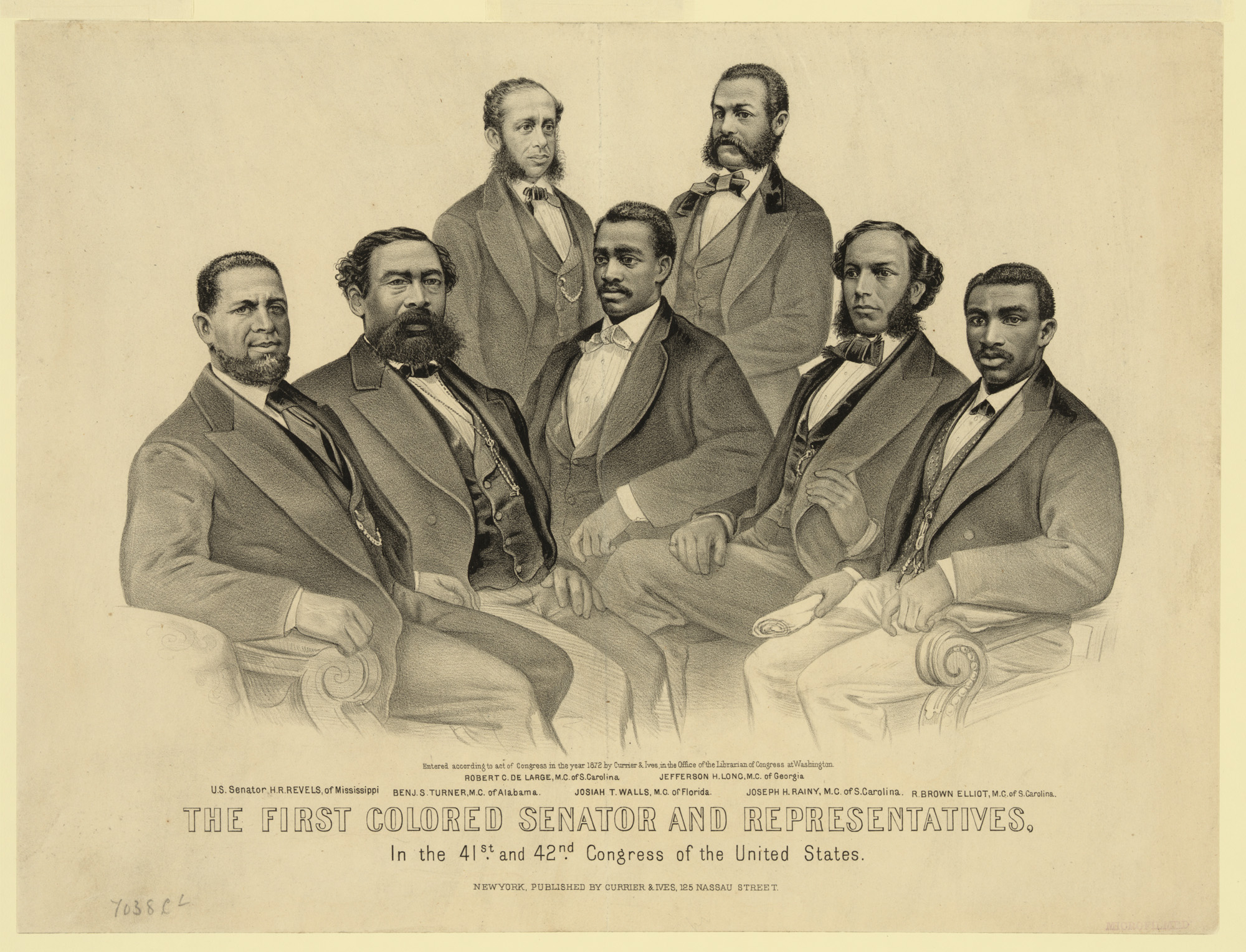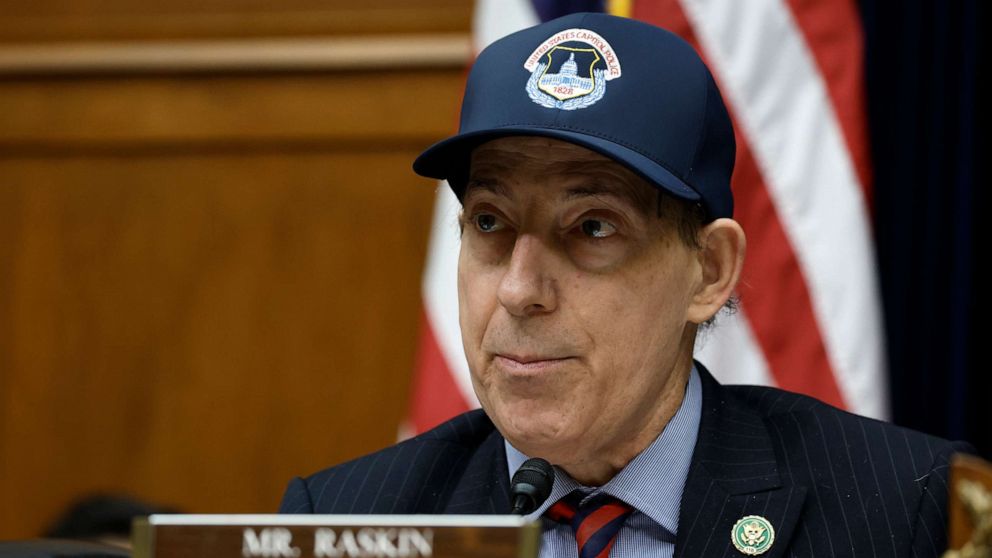Report on Judicial Proceedings and their Contribution to Sustainable Development Goal 16
Case Study: United States v. Ricky Evans
This report analyzes the sentencing of former gang leader Ricky Evans, framing the proceedings within the context of the United Nations Sustainable Development Goals (SDGs), particularly SDG 16: Peace, Justice and Strong Institutions. The case provides significant insight into strategies for reducing violence, combating organized crime, and strengthening judicial effectiveness.
Analysis of Organized Crime’s Impact on Sustainable Communities
Undermining SDG 11 and SDG 16
The activities of the Black Guerilla Family (BGF) gang, as detailed in the case, directly contravene the objectives of several SDGs:
- SDG 16.1 (Significantly reduce all forms of violence): The gang was responsible for numerous murders, kidnappings, and violent assaults, directly increasing violence-related death rates in Baltimore.
- SDG 11 (Sustainable Cities and Communities): The pervasive violence and criminal activity created unsafe urban environments, hindering progress towards making communities inclusive, safe, and resilient.
- SDG 16.4 (Combat organized crime): The BGF operated as a sophisticated criminal enterprise involved in drug trafficking, extortion, and murder-for-hire schemes, representing a significant challenge to the rule of law.
Institutional Failures and Corruption
The BGF’s infiltration of Maryland’s correctional facilities, including the Baltimore City Detention Center, highlights a critical failure in maintaining strong, accountable institutions (SDG 16.6). This corruption undermined the justice system from within, allowing incarcerated leaders to direct criminal operations, thereby perpetuating cycles of violence.
Strengthening Justice through Strategic Cooperation
Leveraging Cooperation to Advance SDG 16.3
Ricky Evans’ seven-year cooperation with federal authorities serves as a case study in promoting the rule of law and ensuring equal access to justice (SDG 16.3). His assistance was described by the prosecution as “incalculable” and was instrumental in achieving justice in otherwise intractable cases.
Key Outcomes of Cooperation
- Dismantling Violent Networks: Evans’ testimony was a “linchpin” in prosecuting other violent organizations, such as the “Triple C” gang, which was responsible for 18 murders and 28 attempted murders.
- Ensuring Accountability: His information was critical in securing a 45-year sentence for gang assassin David Warren, holding a key perpetrator of violence accountable.
- Addressing Cold Cases: His cooperation helped law enforcement close older, unsolved cases involving murder and extortion, delivering long-delayed justice to victims and their families.
The public nature of the sentencing hearing was intended to enhance the broader understanding of the judicial strategies required to prosecute complex criminal conspiracies, contributing to institutional transparency (SDG 16.6).
Addressing Root Causes and Promoting Rehabilitation
Socioeconomic Factors and the Cycle of Violence
The case sheds light on the underlying drivers of violence, which are linked to failures in achieving other SDGs:
- SDG 10 (Reduced Inequalities): Evans’ testimony about his childhood exposure to violence and the societal glorification of crime in his community points to deep-seated inequalities and a lack of opportunity that fuel gang involvement.
- SDG 3 (Good Health and Well-being): The normalization of violence and dysfunction in his upbringing underscores the public health crisis that community violence represents.
- SDG 4 (Quality Education): The creation of his jailhouse program, “Change Starts Here,” reflects a personal transformation and an effort to promote a culture of peace and non-violence (SDG 4.7), addressing the educational and behavioral gaps that lead to crime.
Challenges in Reintegration and Institutional Integrity
Evans’ misuse of his position with the Safe Streets anti-violence program to facilitate gang activity demonstrates the significant challenges in creating effective, corruption-free institutions (SDG 16). It highlights the need for robust oversight in programs designed to reduce violence and reintegrate former offenders.
Conclusion: Balancing Justice for Sustainable Peace
The final sentence of 25 years reflects the judiciary’s complex task of balancing the imperative for accountability with the strategic necessity of cooperation to dismantle violent organizations. The judge’s decision acknowledged both Evans’ “extraordinary cooperation” and the “powerful responsibility to the community.” This case illustrates that achieving SDG 16 requires multifaceted approaches that not only prosecute violent crime but also address its root causes and leverage all available tools to build stronger, more effective, and accountable institutions.
Analysis of Sustainable Development Goals in the Article
1. Which SDGs are addressed or connected to the issues highlighted in the article?
The article primarily addresses issues related to crime, justice, and community safety, which directly connect to the following Sustainable Development Goals:
- SDG 16: Peace, Justice and Strong Institutions: This is the most relevant SDG. The article’s core focus is on organized crime (gangs), violent acts such as murder and kidnapping, the functioning of the justice system (prosecutions, plea deals, sentencing), and corruption within state institutions (prisons). The efforts to dismantle a violent gang and bring its members to justice are central to achieving peace and strengthening justice.
- SDG 11: Sustainable Cities and Communities: The events described take place in Baltimore, an urban environment. The article highlights how gang violence has “troubled the city for more than a decade” and discusses the goal to “clean up the community and take violent people off the streets.” This directly relates to the goal of making cities and human settlements safe and resilient.
2. What specific targets under those SDGs can be identified based on the article’s content?
Based on the article’s content, several specific targets under the identified SDGs can be identified:
- Target 16.1: Significantly reduce all forms of violence and related death rates everywhere. The article is replete with descriptions of violence that this target aims to reduce. It mentions “murders, kidnappings and violent assaults,” a “murder-for-hire scheme,” and specific cases like the “18 murders and 28 attempted murders” committed by the Triple-C gang. The entire law enforcement effort, aided by Evans’ cooperation, is aimed at reducing this violence.
- Target 16.2: End abuse, exploitation, trafficking and all forms of violence against and torture of children. The article touches upon this target by describing the background of the gang leader, Ricky Evans. His attorney described his childhood as including “exposure to lead paint, domestic violence and murder before the age of 10,” highlighting the cycle of violence that begins in childhood.
- Target 16.3: Promote the rule of law at the national and international levels and ensure equal access to justice for all. The article provides a detailed look at the justice process. It describes indictments, a guilty plea, and a sentencing hearing. The judge’s comment that such cases show “the price the government pays to achieve some greater level of justice to prosecute other far-flung conspiracies” directly speaks to the promotion of the rule of law and the pursuit of justice for victims.
- Target 16.5: Substantially reduce corruption and bribery in all their forms. The article explicitly details corruption within the Maryland prison system. It references a 2010 case where “four state corrections officers” were indicted and a 2013 case where “13 correctional officers” were charged, showing how the Black Guerilla Family gang had “taken over the Baltimore City Detention Center.”
- Target 11.7: By 2030, provide universal access to safe, inclusive and accessible, green and public spaces. The pervasive gang violence described in Baltimore, with gangs controlling neighborhoods and committing violence on the streets, directly undermines the safety of public spaces. The statement, “If we don’t clean up the community and take violent people off the streets, it’s going to constantly happen,” reflects the need to achieve this target by making the community safe for its residents.
3. Are there any indicators mentioned or implied in the article that can be used to measure progress towards the identified targets?
Yes, the article mentions or implies several indicators that can be used to measure progress:
-
For Target 16.1 (Reduce violence):
- Indicator 16.1.1 (Number of victims of intentional homicide): The article repeatedly refers to the number of murders. It mentions “scores of murders,” the “murder of Darel Alston,” the killing of “Marcal Walton,” and the “18 murders” committed by the Triple-C gang. These figures serve as direct indicators of the level of violence.
- Implied Indicator (Number of violent crimes): The text also refers to “kidnappings,” “violent assaults,” “extortion,” and “28 attempted murders,” which are all measures of violent crime rates.
-
For Target 16.2 (End violence against children):
- Implied Indicator (Prevalence of childhood exposure to violence): The description of Evans’ childhood, which included “domestic violence and murder before the age of 10,” implies the use of data on adverse childhood experiences as an indicator of the scale of this problem.
-
For Target 16.3 (Promote the rule of law):
- Implied Indicator (Number of prosecutions and convictions for organized crime): The entire narrative is about building cases and securing justice. The successful cases against the “Triple C” gang and the hitman David Warren, resulting from Evans’ cooperation, are indicators of an effective justice system.
-
For Target 16.5 (Reduce corruption):
- Implied Indicator (Number of public officials prosecuted for corruption): The article cites specific instances of corruption being addressed, such as the indictment of “four state corrections officers” in 2010 and “13 correctional officers” in 2013. The number of officials charged serves as a clear indicator of efforts to combat corruption.
-
For Target 11.7 (Provide safe public spaces):
- Implied Indicator (Public perception of safety): The article describes a city “troubled” by violence and a community that needs to be “cleaned up.” Evans’ fear of retaliation, making it “unlikely he’ll ever be able to return to Baltimore,” is a powerful anecdotal indicator of the lack of perceived safety in the community.
4. Table of SDGs, Targets, and Indicators
| SDGs | Targets | Indicators (Identified or Implied in the Article) |
|---|---|---|
| SDG 16: Peace, Justice and Strong Institutions | 16.1: Significantly reduce all forms of violence and related death rates everywhere. |
|
| 16.2: End abuse, exploitation, trafficking and all forms of violence against and torture of children. |
|
|
| 16.3: Promote the rule of law at the national and international levels and ensure equal access to justice for all. |
|
|
| 16.5: Substantially reduce corruption and bribery in all their forms. |
|
|
| SDG 11: Sustainable Cities and Communities | 11.7: By 2030, provide universal access to safe, inclusive and accessible, green and public spaces. |
|
Source: thebanner.com







